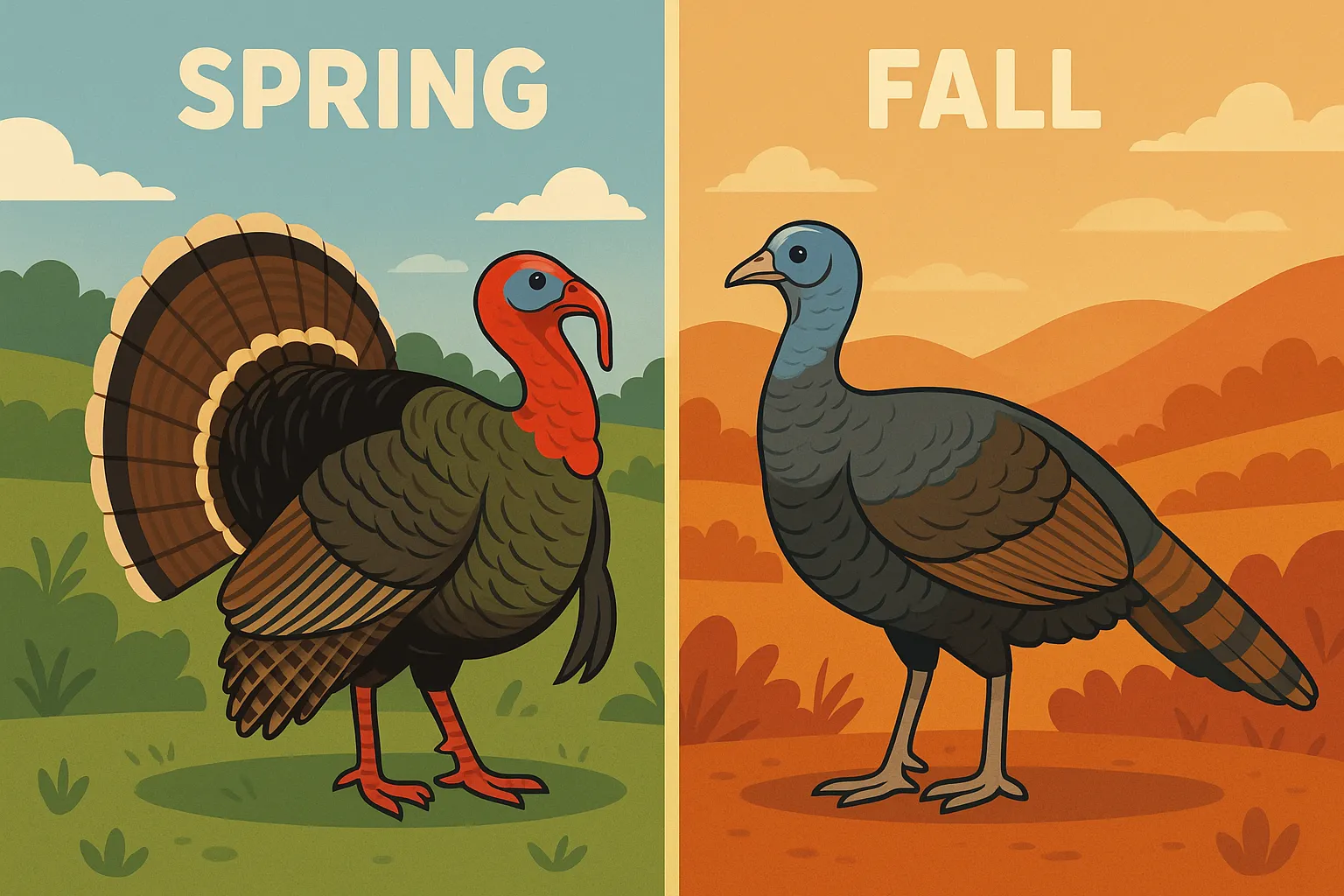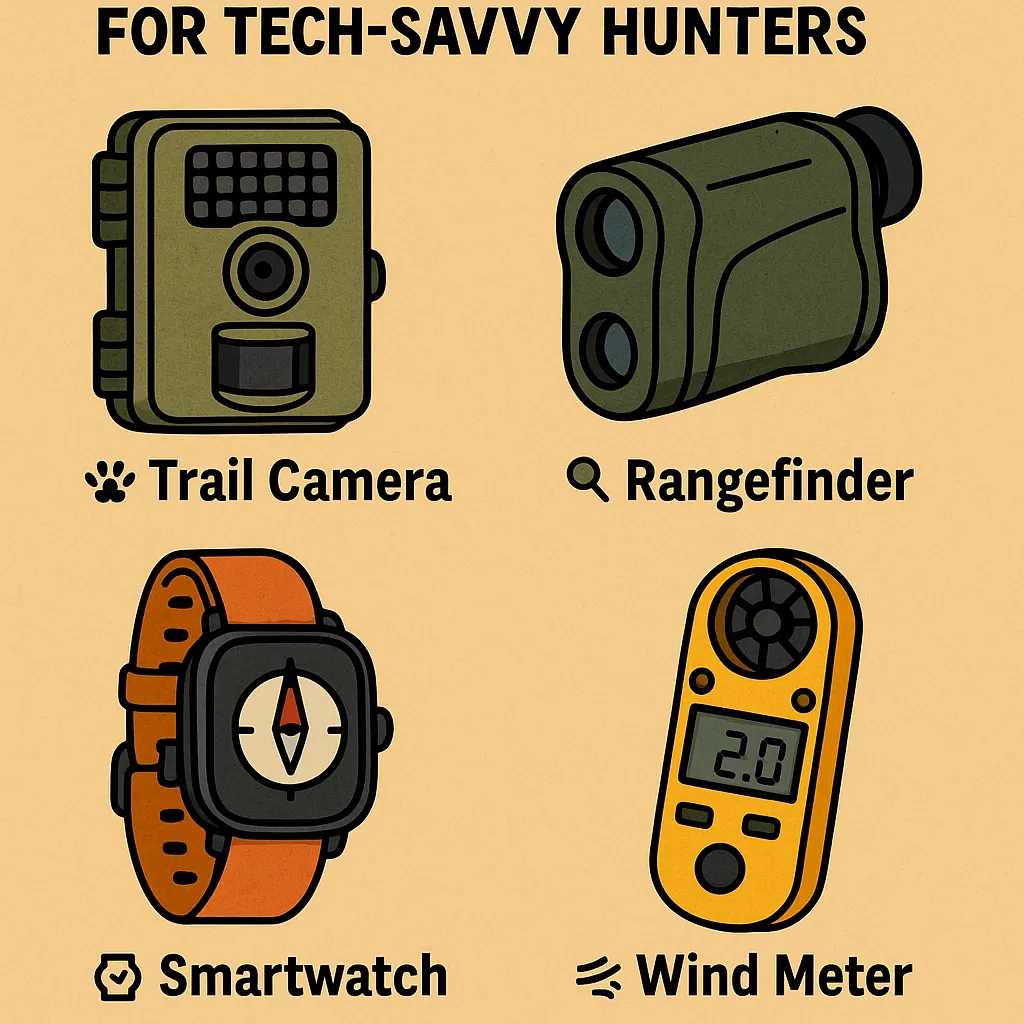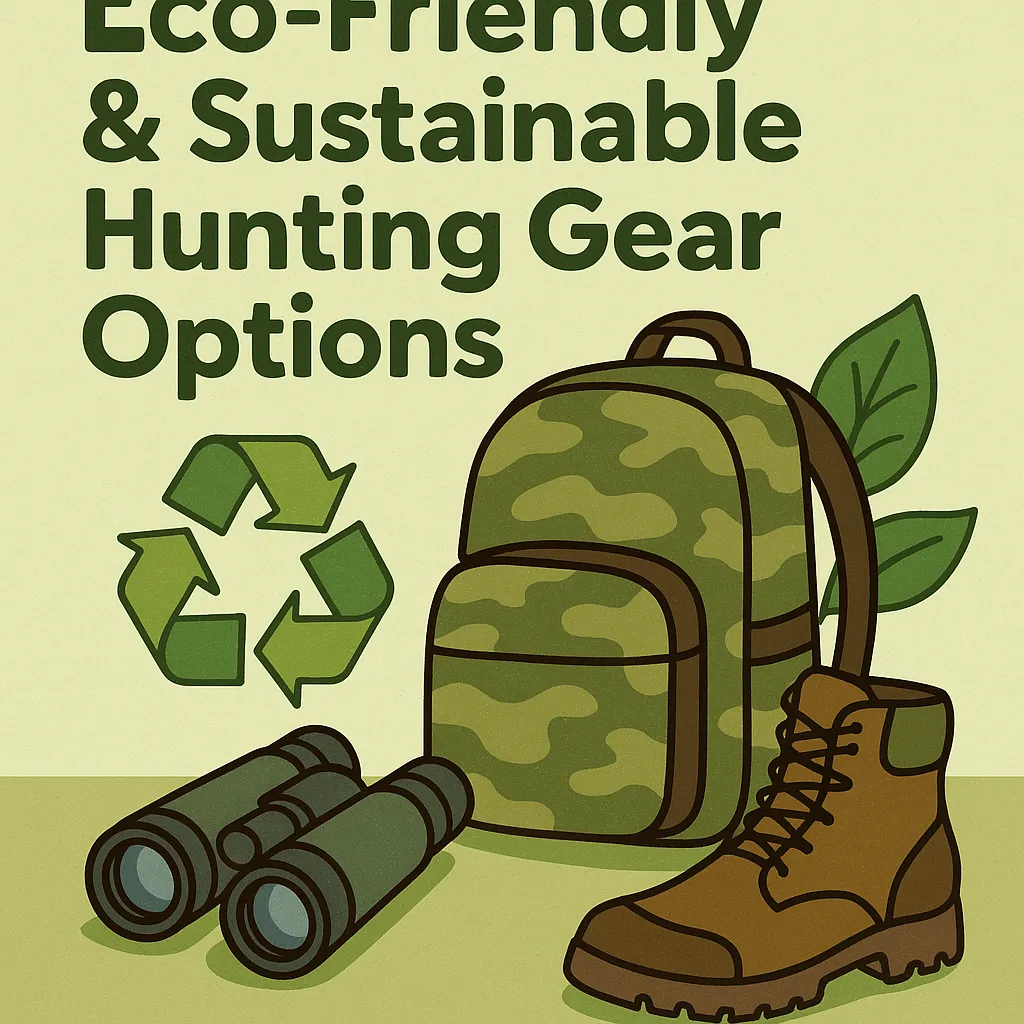
How to Stay Connected Off-Grid Without Cell Signal
In the wild places where signals die, smart hunters still find ways to stay in touch. In 2025, staying connected off-grid is easier—and more vital—than ever thanks to satellite messengers, mesh networks, signal boosters, and offline syncing apps. Whether you’re checking in with family, coordinating stalks with campmates, or logging emergency data, here’s how hunters are maintaining comms without a bar in sight.
🛰️ Step 1: Use Satellite Messengers & Beacons
📟 Best Satellite Communicators:
- Garmin inReach Mini 2
- Two-way texting, live GPS tracking, SOS beacon
- Syncs with smartphone app for map overlays
- Zoleo Satellite Communicator
- Smooth handoff from cell to satellite
- Weather forecasts, check-in messages, dedicated number
- Somewear Global Hotspot
- Ultralight, shares position, emergency alert
- Bluetooth control via mobile app
🎙️ “Even when we were 10 miles from a road, our inReach let us text camp updates and weather.”
— Nick B., Montana
🔄 Step 2: Mesh Networks for Team Communication
📶 What is Mesh Communication?
- Devices link peer-to-peer without towers
- Create a local network using Bluetooth or radio frequency
- No SIM card or Wi-Fi needed
🧰 Recommended Tools:
- goTenna Mesh: Text + GPS over private mesh
- Beartooth: Voice + location sharing within 5-mile radius
- ZOLEO TeamSync (beta): Experimental group mesh via satellite relay
🎙️ “We used goTenna between ridge hunters and the truck—worked like a private radio net.”
— Elise M., Oregon
🗺️ Step 3: Offline Mapping & Data Sharing
🧭 Must-Have Apps:
- OnX Hunt / Gaia GPS: Save maps offline by zone
- Avenza Maps: Use geotagged PDFs, UTM grids
- BaseMap Pro: Sync pins and layers without cell
🛠️ How to Prep:
- Download maps before leaving service
- Sync pins, notes, and tracks across team devices
- Mark key routes, water sources, alt exits
🎙️ “Our whole team used the same downloaded Gaia file—one guy tracked, the others followed ghost trails.”
— Jared T., Idaho
🔋 Step 4: Power Your Connection
⚡ Power Management:
- Use high-output power banks (20,000+ mAh)
- Pair with foldable solar panel or USB thermoelectric charger
- Store devices in padded, waterproof cases
🧠 Pro Packing List:
- Extra cords + multi-port charger
- Lightweight battery monitor
- GPS watch as comms backup
🎙️ “My watch marked my SOS coordinates after my phone bricked. Redundancy is king.”
— Kyle R., Colorado
🧠 Bonus Pro Tips
- Pre-arrange check-in schedules with home base contacts
- Use codewords or shorthand for fast comms
- Write backup info on waterproof cards (blood type, camp GPS, routes)
- Set SOS triggers in app or beacon before heading out
🎙️ “I build a ‘comms plan’ just like I plan my gear loadout—it’s that critical.”
— Dana S., Alberta
📣 Trusted Tools and Knowledge Sources
- Retailers: REI, Backcountry, GoHunt, Bivy.com
- Communities: HuntTalk Tech, Off-Grid Ready, Backcountry SOS
- Training: WFR or Basic Radio Comms from NOLS, SAR Field Schools
Pro Tip: Don’t treat communication as optional—it’s core gear.
🌟 Final Signal: Disconnected Doesn’t Mean Isolated
With the right tech, smart prep, and a little planning, hunters in 2025 are roaming wild terrain while still staying reachable. From daily check-ins to life-saving alerts, off-grid doesn’t have to mean off-line.
“In the wild, staying connected isn’t convenience—it’s survival.
Leave A Comment
Related Posts
Women-Specific Hunting Gear That Actually Performs in 2025 Forget the […]
Must-Have Gadgets Under $100 for Tech-Savvy Hunters You don’t need […]
Eco-Friendly & Sustainable Hunting Gear Options in 2025 The modern […]







